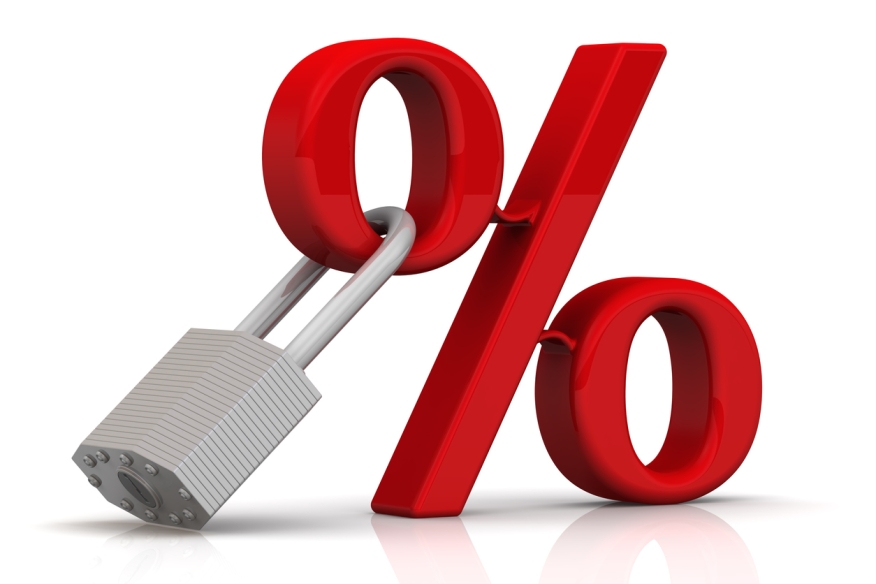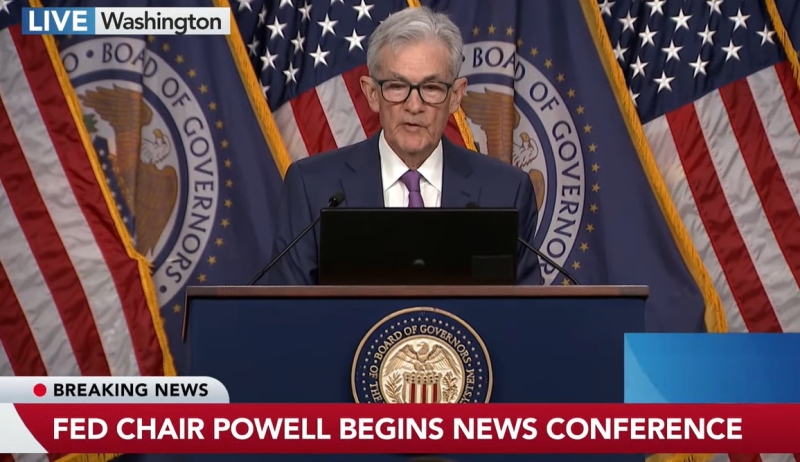
Economy Weathers Volatility Amidst Record-High Mortgage Rate Lock-In Effect

Strong labor market and consumer confidence bolster economic resilience, but homeowners' show reluctance to relinquish low mortgage rates.
Amid a volatile global economic landscape, the U.S. economy has proven resilient, demonstrating robust growth at its long-run average rate of 2% during the first quarter of 2023. This resilience is underpinned by a strong labor market, a low unemployment rate under 4%, and an increase in labor force participation within the 25–54-year-old age group.
According to Freddie Mac's latest Economic, Housing and Mortgage Market Outlook, the effects of rising interest rates are being felt within the housing market. Millions of U.S. homeowners, having secured previously low mortgage rates, are choosing to stay put, causing a consequential dip in available housing inventory. This "mortgage rate lock-in effect," currently at an all-time high in U.S. history, is expected to shape the housing market landscape for the foreseeable future.
First quarter 2023 data from the U.S. Bureau of Economic Analysis shows that Real Gross Domestic Product (GDP) was much stronger than expected. Quarterly growth was revised up by 0.7 percentage points to an annualized rate of 2%. Despite this upward revision, the rate of growth continues to decelerate, largely due to the impact of rising interest rates on sectors like residential fixed investment and business investment. Nonetheless, U.S. consumers remain undeterred, with consumer spending growing at an annualized rate of 4.2% in the first quarter.
Indeed, consumer confidence plays a critical role in propelling consumer spending. According to The Conference Board, June 2023 witnessed a surge in consumer confidence, reaching the highest level since January 2022. This increase reflects improvements in current and future conditions, alongside a drop in inflation expectations to 6% — the lowest reading since December 2020.
The labor market continues to thrive, with the addition of 209,000 jobs in June 2023, primarily within the government, health care, social assistance, and construction sectors. This has resulted in a further reduction in the unemployment rate to 3.6%, near 50-year lows. The labor force participation rate among the prime age (25–54) group is at its highest since April 2002, indicating that the tight labor market is encouraging the reentry of many younger workers.
Inflation has been on a cooling trend, with the "core" price index for personal consumption expenditures reporting a year-over-year increase of 4.6% in May. Housing remains a significant contributor to inflation, but its impact is starting to wane.
Watch it on The Interest: Brokers Take The Lead
The divergence between existing home sales and new home sales has widened in recent months. Existing home sales have declined 20% year-over-year, while new home sales have increased 20% in May. The mortgage rate lock-in effect continues to limit the listings of existing homes, down 35% as of April 2023, compared to the pre-pandemic average between 2016-2019.
In contrast, builder confidence has improved to the highest level in nearly a year due to sustained housing demand, eased supply chain issues, and a reduction in existing homes for sale. This enhanced builder confidence is mirrored in housing starts, which saw a 21.7% surge in May — the most significant monthly increase in over three decades.
Looking forward, the outlook remains uncertain for the second half of the year. The Federal Reserve’s pause on interest rate hikes was a welcome respite for the economy, but the cooling off of inflation is expected to be gradual. This, coupled with the pressures on long-term rates, implies that mortgage rates are likely to stay above 6% for the rest of 2023. Despite this, a strong labor market and the potential for savings from lower inflation could help offset the increased housing costs, keeping the economy on a steady growth trajectory.
However, home sales continue to grapple with inventory shortages and high mortgage rates. As such, existing home sales should remain low throughout 2023, while new home sales are expected to increase. Despite this anticipated growth, new home sales only make up a fraction of home sales, meaning the overall market will likely remain subdued for the rest of the year.
In terms of house prices, Freddie Mac's corporate forecast projects a decrease of 2.9% over the next 12 months and an additional 1.3% over the following year. However, the current conditions of low inventory and early data suggest its economists might revise this forecast in the next economic, housing, and mortgage market outlook. As sales volume decreases due to tight inventory, they expect home prices to hold steady.
With regards to mortgage originations, the high mortgage rates and low home sales are expected to keep both purchase originations and refinance activity low this year. As homebuyers adjust to the new normal of higher mortgage rates, we anticipate home sales and purchase originations to see a modest uptick in 2024.
It's estimated that nearly 60% of borrowers currently have a mortgage rate of 4% or below. The locked-in payment savings these homeowners have achieved might mean they've secured their "forever home," a situation referred to as the mortgage rate lock-in effect. This refers to ownership of a mortgage under terms more favorable than the prevailing market interest rates.
To illustrate, a homeowner who refinanced a $250,000 mortgage at a rate of 2.65% in January 2021 would now be making monthly principal and interest payments of $1,007. After 29 months, the outstanding balance would stand at $236,379. If this borrower were to take out a new 30-year mortgage on this balance at the current market rate of 6.81%, their monthly payment would soar to over $1,500.
When calculating the net present value of the mortgage rate lock-in effect, the difference between the outstanding balance and the present value of the mortgage at current market rates, the value in the example would be $86,136.
However, the mortgage is generally not portable or assumable, with due-on-sale clauses requiring the borrower to terminate the mortgage upon selling the property. For the borrower to retain the benefits of a low mortgage rate, they must continue to live in the property, maintain it as a second home, let it sit vacant, or rent it out. Therefore, homeowners are unlikely to sell and relinquish their low mortgage rate unless the benefits of moving outweigh the significant value of their current mortgage.
On a national level, the average mortgage rate lock-in effect for 30-year and 15-year fixed-rate loans is $55,000. However, this value varies considerably across the country due to differences in loan sizes, originations, and refinancing activities. For instance, Hawaii has a high average lock-in effect of $91,000, while West Virginia has a comparatively low value of $32,000.
The mortgage rate lock-in effect is substantial in the U.S. economy. Considering only 30-year and 15-year fixed-rate mortgages financed by Freddie Mac, homeowners with these fixed-rate mortgages have locked in savings collectively totaling $700 billion. This staggering sum equates to approximately 25% of the outstanding unpaid principal balances in Freddie Mac's single-family mortgage portfolio.
These calculations demonstrate the significant economic benefits for those fortunate enough to have secured fixed-rate mortgages at record lows. For example, in 1981, noted economist John Quigley calculated the average mortgage rate lock-in effect to be around $1,800 per household, equivalent to about 5% of outstanding mortgage balances. Today, that figure has risen to 25%. Data from Freddie Mac's portfolio reveals that the average lock-in effect was negative between March 2019 and December 2021, suggesting a high incentive for borrowers to refinance. However, since March 2022, the average lock-in effect has surged to over $50,000 in each of the past four quarters.




